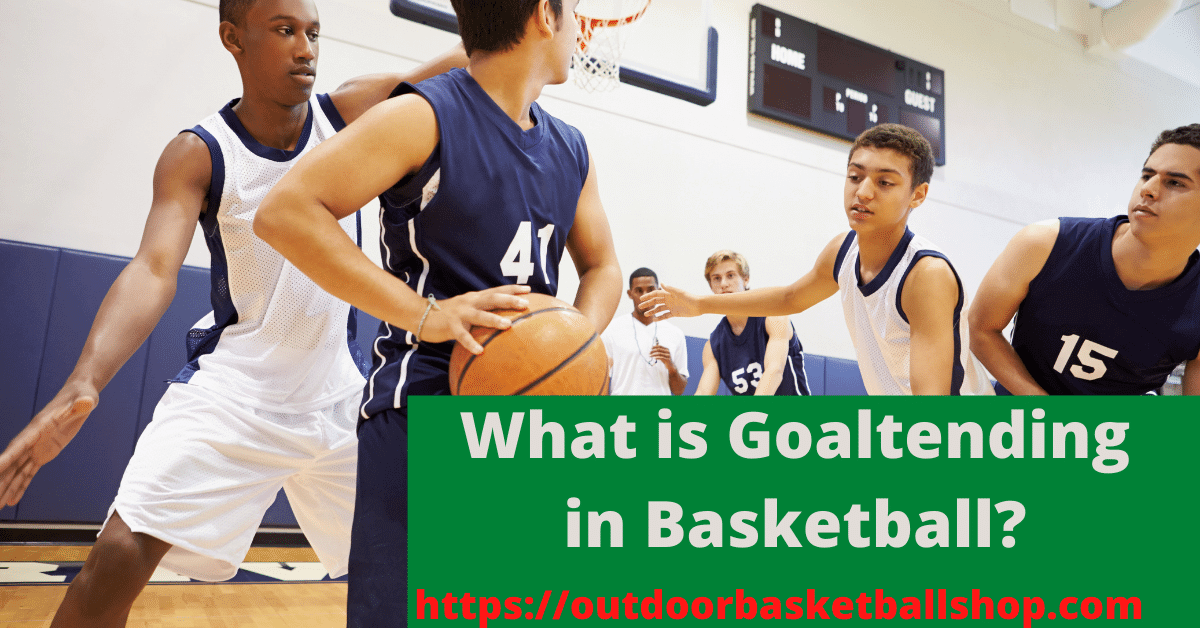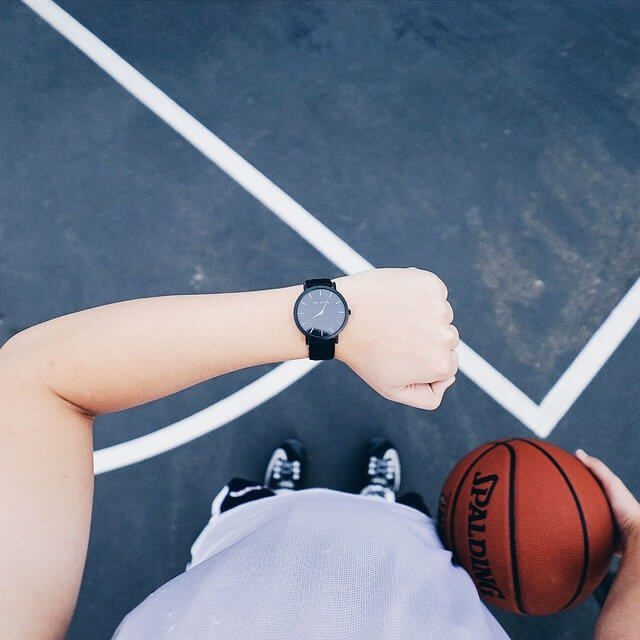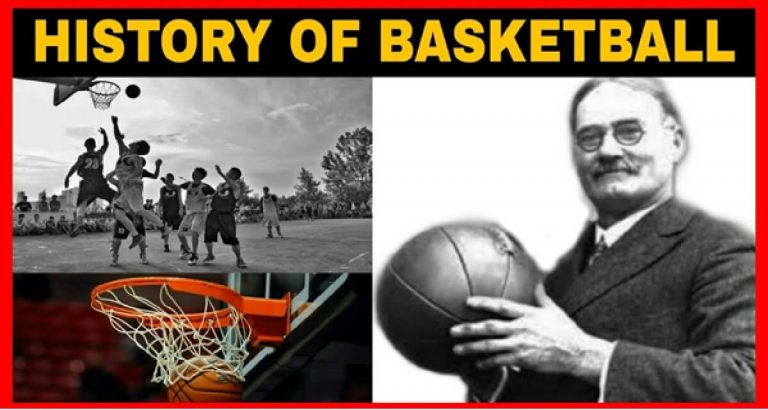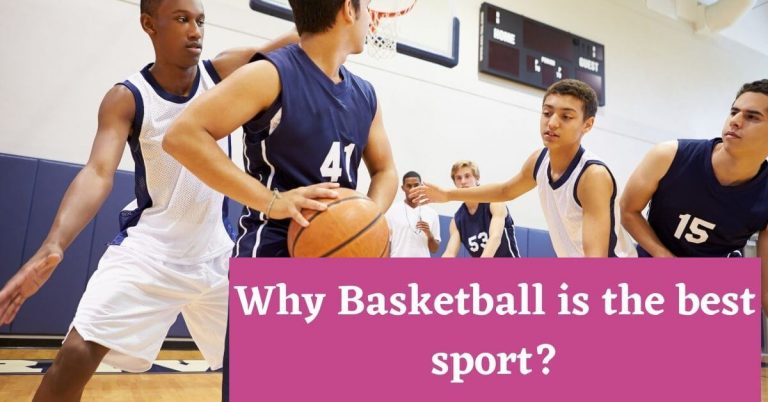What is Goaltending in Basketball?
Have you seen the penalties for basketball rule’s violations and wonder why they implied on a team?
Today we will tell you about basketball goaltending rules. How this rule originated and when was implemented? The topic will be broken down into two parts: first, a description of how it works, and second, an explanation of why there are specific rules for it.
It is not permitted to interrupt the ball when it has a possibility of going into the basket. This rule is called goaltending.
In start, the defensive player cannot touch the ball while it’s in the cylinder. If he does and it doesn’t go in or bounce off, then there’s a goaltending violation and, therefore, a turnover. The offensive team gets two shots and possession of the ball back.
Goaltending is usually called if:
- A defender touches the ball while it’s shot from an offensive player
- A defender touches the ball after it hits the rim
- A defender closely follows the shot to the rim
- A player tries to play through or block a shot that he isn’t close enough to stop but was never previously considered goaltending because of this rule change implemented in 1956, which nullified all prior goaltending rules.
These are the only reasons goaltending can be called. Any other interference from a defensive player is not goaltending, and the play would result in some other penalty. For example, if a defender jumps on another player, that’s considered fighting, resulting in an ejection for both players.
What is Offensive Goaltending in Basketball?
Offensive goaltending occurs in the following few ways:
- If a shot is on its way down and someone blocks it from going into the hoop.
- If the ball strikes the backboard first, someone intercepts it.
- The ball must be within the cylinder or above the rim after bouncing back from a missed shot.
- If the ball is disrupted by contacting the rim or backboard.
All those above ways define offensive goaltending
What Penalty Has to Pay for Defensive Goaltending?
A defensing goaltending violation results in automatic points for the attacking team during a basketball game. The location of the shot is determined by where the points go to the offensive team. For example, if a three-point shot causes a goaltending violation, the offensive team receives 3 points.
Even if goaltending is involved, the shooter will receive point credits for the game’s box score. That is significant for any fantasy basketball participant, especially if their player receives point credit on a goaltend.
Finally, the team receives a technical foul if a player obstructs the shooter during a free throw attempt. That blocked shot also scores one point automatically.
When NBA made Goaltending Rule for the First Time?
In 1944, the NCAA declared goaltending a violation, while the NBA followed suit in 1945. For years, officials in the NCAA and NBA believed that reaching above the hoop was impossible because no one could reach the area above the basket. However, in 1944, NCAA basketball goaltending was forbidden due to George Mikan. Mikan was the tallest and most athletic built basketball player, with 6’10” height and nearly 250 lbs. The NBA opted for a goaltending rule after one year, in 1945.
Check: What is Charging Foul in Basketball?
What Differentiate Goaltending from Basket Interference?
Goaltending and basket interference are frequently used together and interchangeably. Technically, there is a distinction: a shot attempt is on its downward path toward the basket and is obstructed before entering the hypothetical cylinder. Basket interference is broader in scope, applying to any scenario in which a live ball is present inside the speculative cylinder or on the rim or backboard.
The offense or defense can call a violation of the goal. Both result in the other team receiving two or three points if committed by the defense. If the shot is attempted from beyond the three-point line, the offense gets three points and two if it is taken from inside the arc.
What is the Difference Between Blocking and Goaltending?
If you’re unsure whether a block was a goaltending violation, keep an eye on the ball’s trajectory. A penalty will be assessed if the ball is in upward flight, such as a field goal attempt. The rulebook states that the ball must be in downward flight for a goaltending penalty. Similarly, if the ball is in downward flight above the hoop and a player goes for a rebound, they may incur a goaltending violation. To successfully obtain the ball for a rebound, the ball must be beneath the basket ring level.
What is the Cylinder in Goaltending and basketball Interference?
Referee imagine a cylinder shaped area or cone that expands from the rim upward. This imaginary cylinder extended from the rim is considered during goaltending and basket interference call.
What are Special Conditions for Goaltending?
A defensive player may obstruct a field goal attempt at any time before it reaches its highest point, but different regulations govern free throws. A goaltend occurs when a defensive player touches the ball before, during, or after a free throw attempt. According to basketball rules, this is considered a goaltend. When a player commits an offensive foul, it is considered a technical foul and gives the other team one point.
Goaltending can happen after the final buzzer of a basketball game. If a player shoots the ball before time expires, making it a live ball is known as goaltending. During a 2012-2013 NBA game, Jermaine O’Neal has assessed a goaltending penalty after trying to block a shot following the final buzzer. His punishment gave the Houston Rockets two points, allowing them to win 101-98 over the Suns.
What are International Rules for Goaltending?
International basketball goaltending rules are generally comparable to those in the NBA. The major distinction between the NBA and international rules is that players may contact the ball after it hits the rim, which is not permitted in the NBA.
This implies that if the ball goes straight down through the hoop after striking the rim, a player can block it and not receive a goaltending fault.
Conclusion: What is Goaltending in Basketball?
In a nutshell, goaltending is a regulation in basketball to guarantee that no players obstruct the regular flight of a ball into the hoop. While this rule has a close resemblance to basket interference, there is a key difference between these two. Specifically, we say that goaltending occurs when the hoop’s basketball trajectory is downwards. At the same time, a basket interference happens on the rim, on the net, and more to keep the ball inside or stay out.

Hello!
My name is Kaz, and I am a devoted basketball enthusiast with over 15 years of experience both as a player and a coach. Beginning my career as an assistant coach for a college team, I soon found tremendous success as a professional basketball coach. I derive immense pleasure from assisting and mentoring others in matters pertaining to basketball equipment, and as such, I freely share my training programs with my followers and readers via my blog. Learn more about me on my about page.






